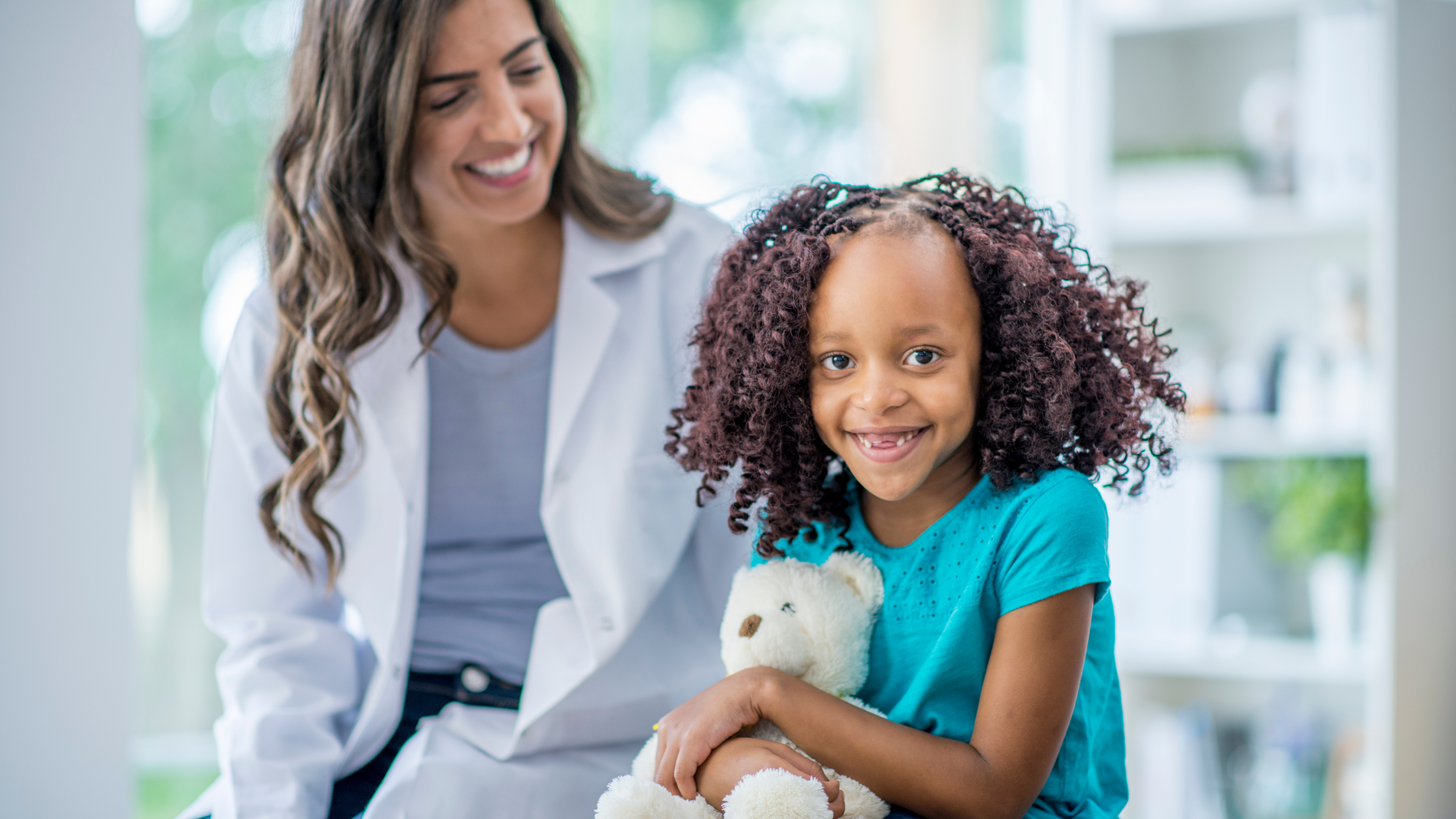
Adults use weighted blankets as ways to improve their sleep. However, weighted blankets can be problematic for children, especially small children.
This is unfortunate because weighted blankets have been shown to decrease anxiety and decrease insomnia symptoms. Hug-like feelings have been shown to promote relaxation, decrease stress, and improve sleep. This is especially helpful in those with autism and ADHD. Continue reading to learn more about the new product, weighted stuffed animals, that can provide children these benefits without the risks associated with weighted blankets.
What is a weighted stuffed animal?
Fuzzy stuffed animals have been common companions for both children and adults. They can help them feel less anxious and secure at bedtime as they don't feel like they are going to bed alone. Stuffed animals can also help children with feeling companionship and emotional wellness.
As a way to combine two worlds, there has been an increase in the interests for weighted stuffed animals. This combines the companionship brought forth by a stuffed animals, as well as the security felt by having a heavier object next to one at bed. There are three different types. Warmies can be heated in the microwave and infused with a scent, like lavender. Another type can be made in various sizes to fit children of all ages, and one can wrap its arms around the child.
One company created four different stuffed animals that can be used by both children and adults. It has the physical effects of a weighted blanket with the connection of a stuffed animal. All of these products simulate the feeling of being held and hugged, which helps children and adults feel safe, secure and relaxed enough to fall asleep.
Sleep issues common to children and adults
Sleep issues are not exclusive to children or adults. Although some, like sleep walking, can be more common in children, there is a lot of overlap. Also, these sleep disorders can run in families, meaning if someone in the house has a problem, then another family member will, more than likely, also have an issue.
One common issue shared by both is insomnia. Insomnia is the inability to get a good night's rest due to a known or unknown cause. This issue can also be short-term (acute) or long-term (chronic). Insomnia can lead to excessive daytime sleepiness, a lack of productivity, irritability, and an inability to control one's mood, motivation, or focus. In children, insomnia often presents as behavior issues that may be similar to ADHD.
Another common sleep issue is sleep apnea. Sleep apnea is the inability to keep the airways open during sleep, which can lead to snoring and pauses in breathing. In adults, this is normally due to being overweight, male, a smoker, or having a wide neck. In children, it is normally due to enlarged adenoids in the back of the throat the block the airway. Although the causes are different, they both present in loud snoring, morning headaches, and symptoms of sleep deprivation. The treatment may be a CPAP for adults and children, although children usually require less obstructive intervention. They may even require removal of the adenoids.
Stuffed animals may help both groups deal with these sleep disorders, and others. Without good sleep, children's educational performance may decline, and adults may have trouble performing well at work.
Promoting safe sleep in kids
Children, specially young children, must have safe sleeping environments. They are not just little humans. They have different body types which can put them at risk for sleep accidents. SIDS, or sudden infant death syndrome, is an accidental death of an infant within the first year of their life.
Common causes include excess bedding, pillow, or items in the crib that can increase risk of suffocation. Babies do not have strong enough lungs to blow things covering their faces off. They also do not have strong enough necks to turn their heads to breathe if their noses are being obstructed by things like stuffed animals or bedding.
Therefore, it's important that infants sleep in a separate bed from adults. Adults may accidentally roll on top of the baby, or their bedding my cause an obstruction to their breathing. Additionally, infants should sleep on a firm mattress with only a fitted sheet. They do not need bedding, comforters, pillows, or stuffed animals.
However, as children become bigger and stronger, then it will be more appropriate to introduce the weighted stuffed animal. Ensure that it is the right size and weight for the child's age and body size. The websites that sell them will have guides to make sure you are buying the safest option.
If you have questions about your child's sleep, then please click the orange button below to take a free online sleep test and talk with one of our sleep health professionals. 
https://www.sleep.com/sleep-health/weighted-stuffed-animals
